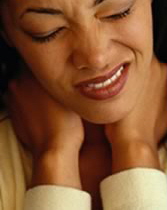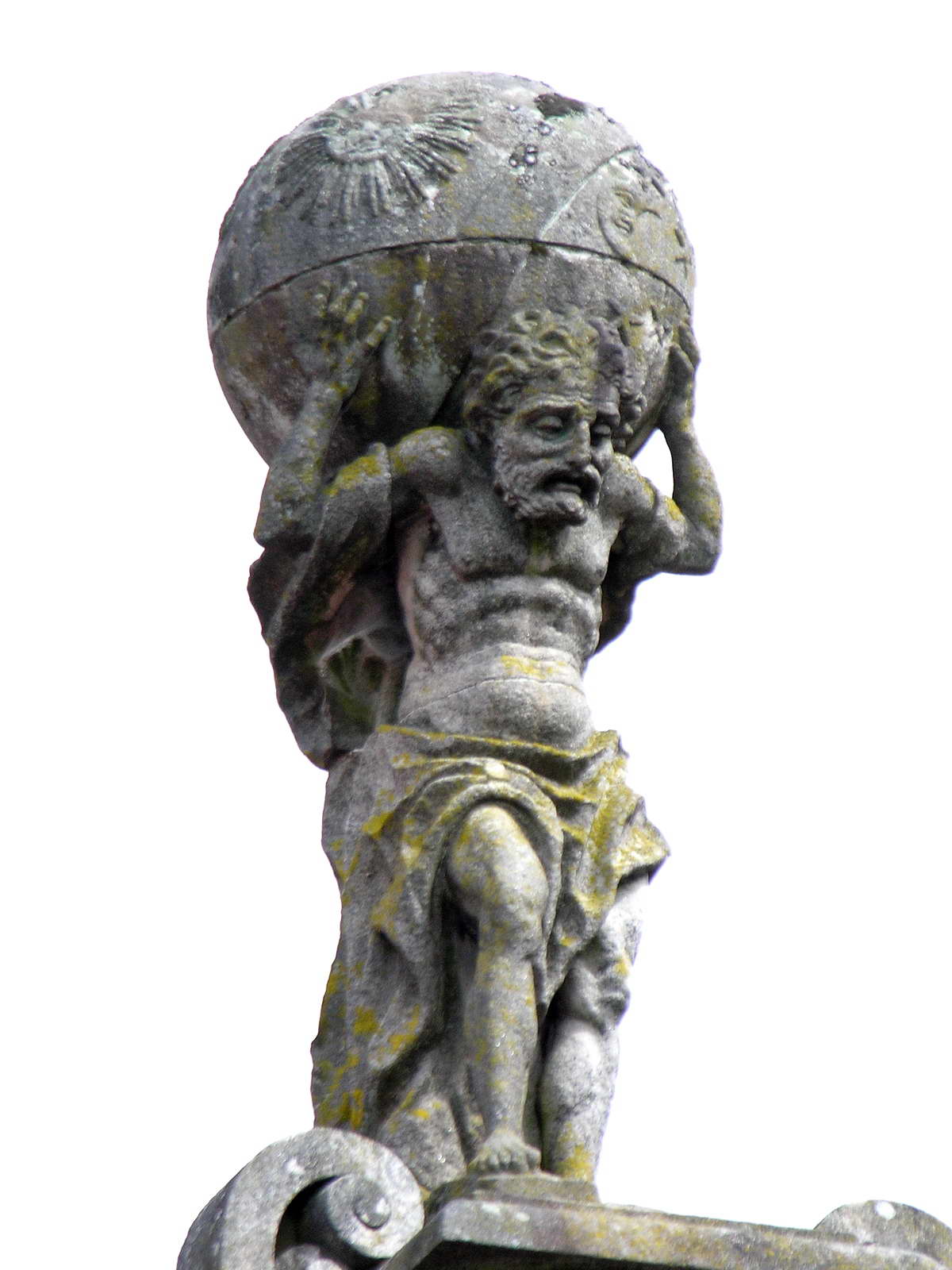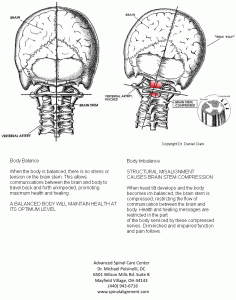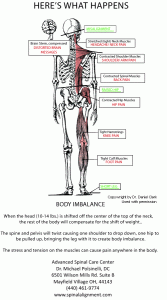 The Atlas Misalignment or Atlas Subluxation Complex:
The Atlas Misalignment or Atlas Subluxation Complex:
Introduction
Millions of people are walking around right now with unnecessary pain. People suffering from a wide range of conditions including headaches, fibromyalgia, migraines, trigeminal neuralgia, TMJ, arthritis, herniated disks, back pain and more. These “structural” problems are contributing to other problems, such as high blood pressure, difficulty sleeping, depression and digestive problems. These seemingly unrelated problems increase our dependency on drugs while diminishing our activity and lives becomes something to endure and get through. This affects our interaction with family and friends isolating us, so that we become alone in our pain.
Postural Distortion
Most of these people have a short leg, high hip, contracted muscles, and a sometimes subtle twist in their spine. In the 1940’s, a tiny group of chiropractors began to realize that these seemingly unrelated conditions were all part of a singular health complex. They realized that the cause of this complex was a small twist in the upper neck.

The Atlas
Atlas in Greek Mythology is the god who holds the globe on his shoulders. The atlas in our bodies is a tiny, two-to-four-ounce bone that holds the entire weight of the head on it shoulders. The head weighs about the same as a bowling ball, between 8 to 10 pounds. The atlas is the most movable bone in the entire spine, it is also the most vulnerable to injury. An accident or injury can tear loose the connective tissues holding the bones of the neck in place. The atlas bone can then become wedged out of position. This misalignment can affect us in three ways.
Spinal Cord Irritation And Disruption:

The brain tells all of the body parts what to do through signals from the brain to the brainstem, to the spinal cord, out through the nerves and into the body. The nerves go to every muscle and organ. When the atlas shifts, twists or tilts out of position it can irritate the spinal cord, causing nerves in the spinal cord to fire. It is like when an army wants to block a radio transmission from their opponent. They will broadcast static on the same frequency. Listeners can hear that someone is speaking but can’t make out the words. When the atlas shifts out of place we are likewise able to function, but a clear signal can’t get through. This situation can stress our digestion, breathing, blood pressure, as well as muscles. A misaligned atlas will affect nerve signal to 15 sets of postural muscles, muscles that help us stay upright. These muscles will go weak and only function at 30%, causing us to twist and slouch. When a bunch of muscles doesn’t function as it should, the muscles that are doing their job have to work harder to compensate, which makes them spasm and causes us to tire easily.

Impediment of Blood Flow
The second way that the misalignment will affect us is by diminishing blood flow to or from the brain. Decreased blood flow can cause headaches, as well as fogginess and grouchiness. We don’t think as clearly.
Dural Torsion
The third way: Surrounding our brain, brainstem and spinal cord is a sack of fluid. Our brain is floating in this sack for protection. The sack part is very tough. It attaches to the different bones in the skull, our sacrum (tail bone), and the first bone in our neck. When the atlas twists out of alignment, it will twist this sack. If I took a dish towel and grabbed both ends, then started to twist the towel and kept twisting, you would notice that the two ends would begin to be forced together. The same thing happens in our backs. Our head and tailbone get forced together, jamming the discs in the back and the joints in the neck and back. This compression causes wear and tear that leads to degeneration of the bones and wear on the discs. The pressure can cause an irritation so that when we walk long distances on hard surfaces (such as the mall or Sam’s club), we get exhausted, or need to hold onto a cart.
Because the dural sack attaches to the sacrum and tailbone, it will twist the sacrum, causing the hips to rotate and a leg to go short. This can lead to hip, knee and feet problems. This puts extra pressure on the skull, the torsion in the dura will lock the skull bones down creating headaches and TMJ problems.
Impact over time
With time this will increase the wear and tear on our bodies which will accelerate the aging in our body and cause even worse problems in the coming years.

A Story
Lets suppose that the front end of your car is out of alignment. You notice that something is wrong with your car and you decide to put some engine cleaner to make it run better. It still pulls to the side. You go to the mechanic and ask for a tune up. Still, your car is pulling to the side when you drive. With time you notice that the tires are wearing out, you get a flat, and decide that you need to replace the tires even though you should have another 20k thousand miles left. Finally, you get mad and have your mechanic overhaul the engine . . . you get the idea, spending a little money in the beginning to address the problem would have saved money in the long run. Also, there is a difference with just getting by, and working well.
With time the misalignment of the front end can cause a lot of damage. It greatly increases the forces that your car need to overcome. It is tiring to keep the hand on the wheel to keep from running into the next lane, and this is with power steering to increase your leverage.
Next: What is Upper Cervical Care and how does it address the Atlas Subluxation Complex.
Give us a call to schedule and see if you are out of alignment (440) 461-9774. Or if you have a question email me below.
Upper Cervical Illustrations Reprinted with permission from Daniel O. Clark, D.C. www.uppercervicalillustrations.com
